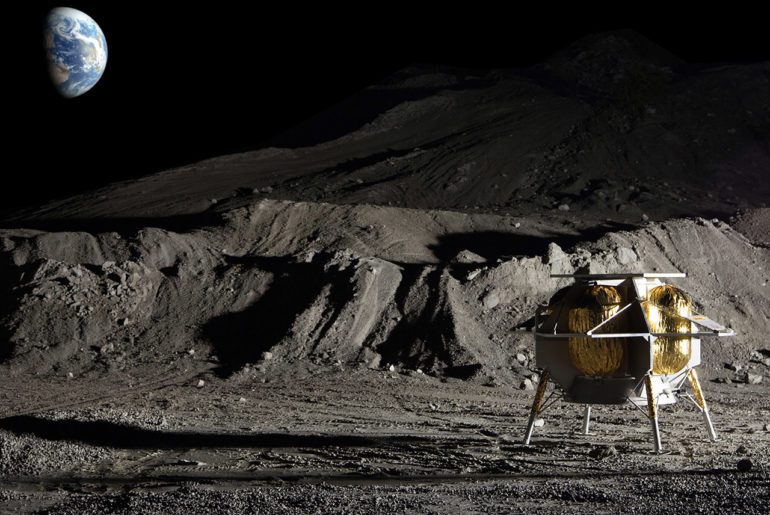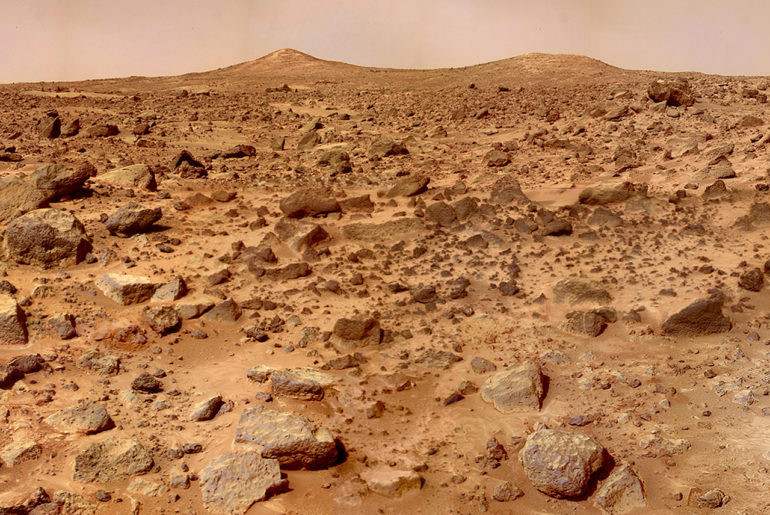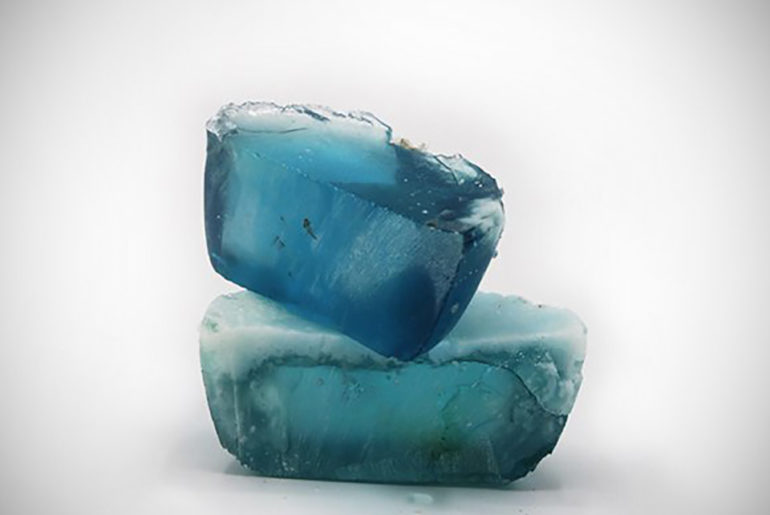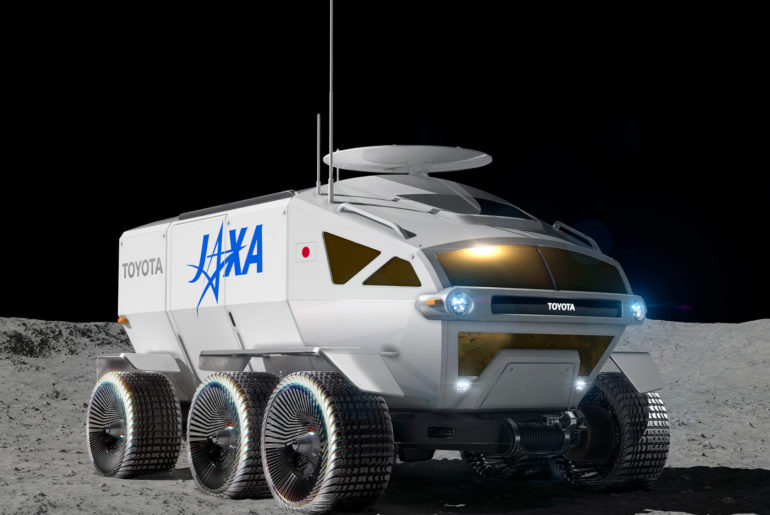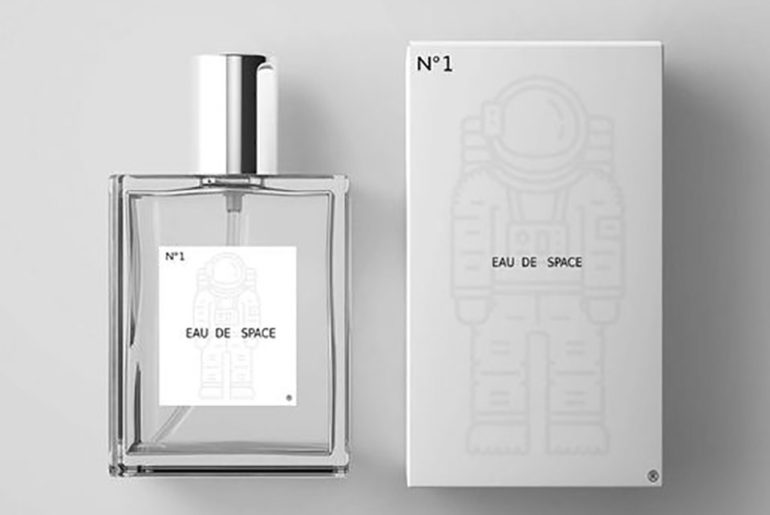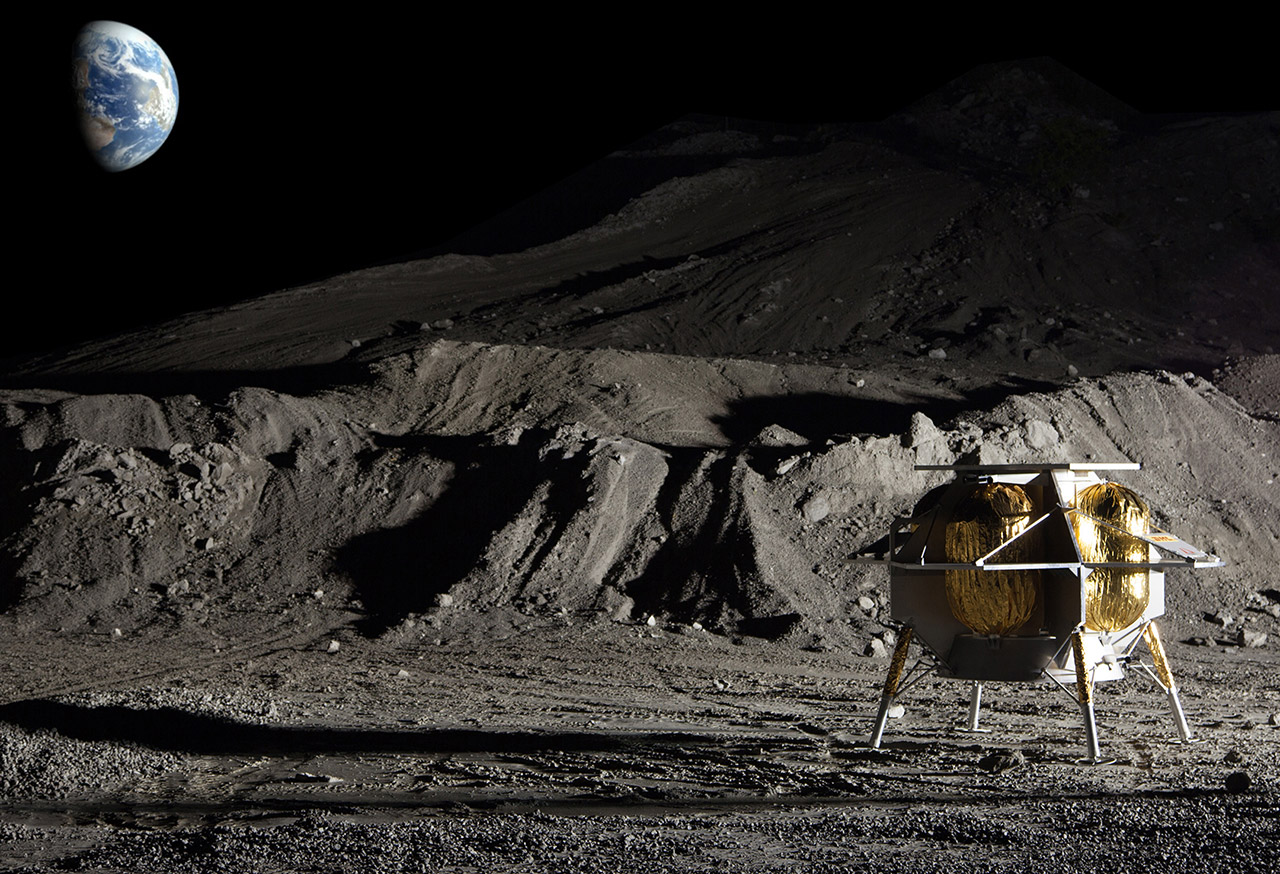
Photo credit: Astrobotic via The Verge
NASA is seeking to purchase lunar soil samples from private companies. These companies are not limited to just those in the United States, but from around the world, and the lunar samples requested range from 1.8 ounces to 18 ounces by 2024. The space agency will pay between $15,000 to $25,000 for them, but with one catch, you’ll get the 80% remainder of the money once the soil is delivered. Companies only get 10% after signing the contract and another 10% once the spacecraft launches.
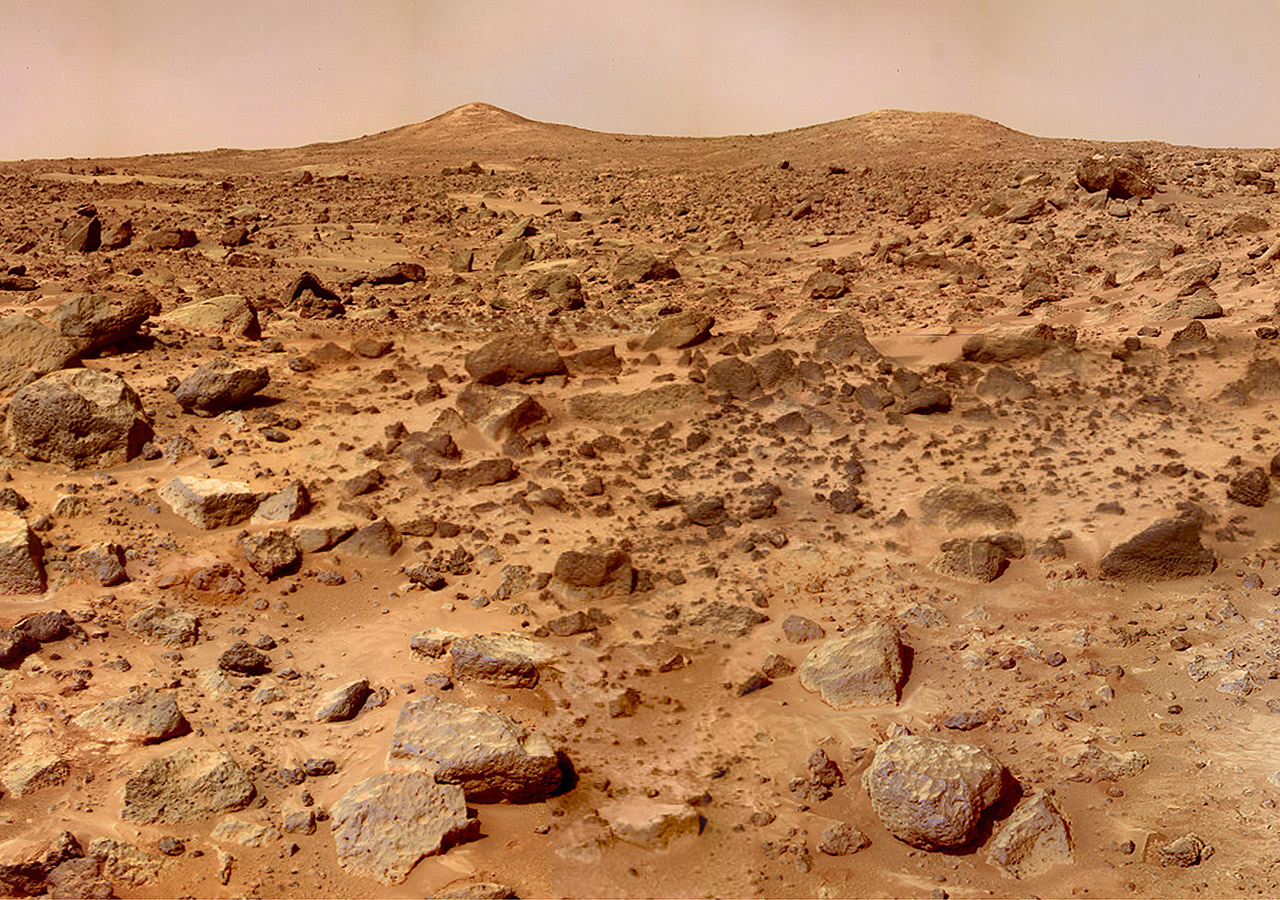
NASA’s Mars Pathfinder mission arrived July 4, 1997 on the Red Planet. Its small rover, named Sojourner after abolitionist Sojourner Truth, spent 83 days of an initially planned 7-day mission, exploring the Martian terrain. A multitude of images were captured, while also taking chemical, atmospheric and other measurements. The final data transmission was received from Pathfinder at 6:23 am EST on September 27, 1997.
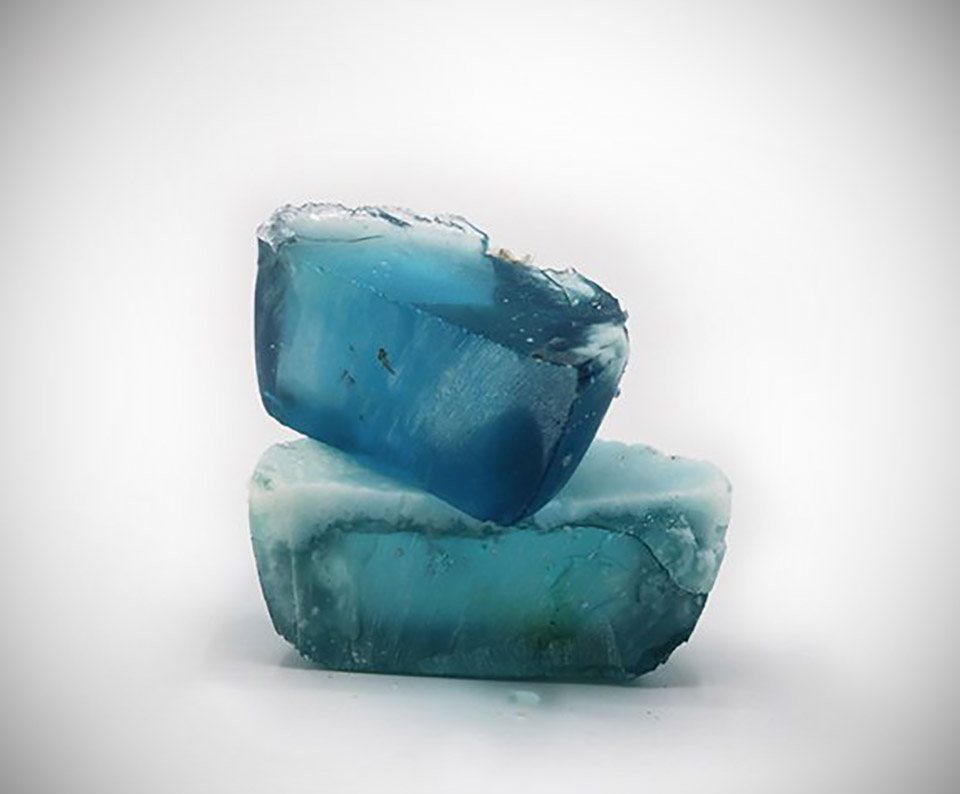
Photo credit: DesignBoom
Design students from the College for Creative Studies in Detroit, Michigan wanted to eliminate two invasive species of mussels without harming the environment. So, they decided to transform zebra and quagga mussel shells, which can be found in the Great Lakes, into Zebra Glass. They are a rich source of calcium carbonate and colorant, so turning them into soda lime glass was not a problem at all.
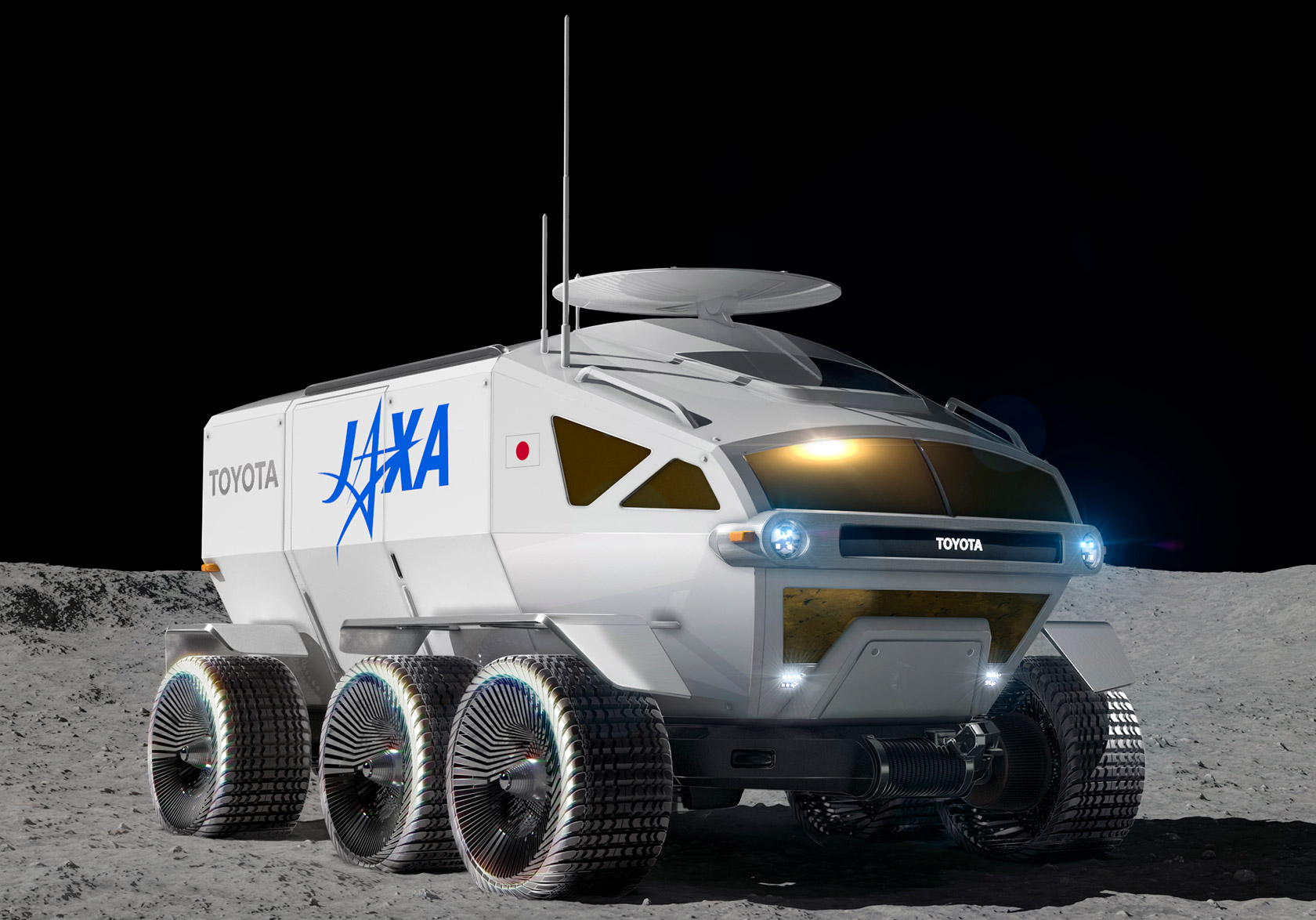
NASA’s Artemis mission will send humans back to the moon by 2024 and the crew won’t be staying in a base or inflatable tent, but rather a pressurized RV rover. The space agency recently joined Toyota and Japan’s Aerospace Exploration Agency (JAXA) to design a six-wheeled, self-driving rover capable of accommodating two astronauts for up to 14 days. They’ll be able to live and work inside while traveling across lunar surface.
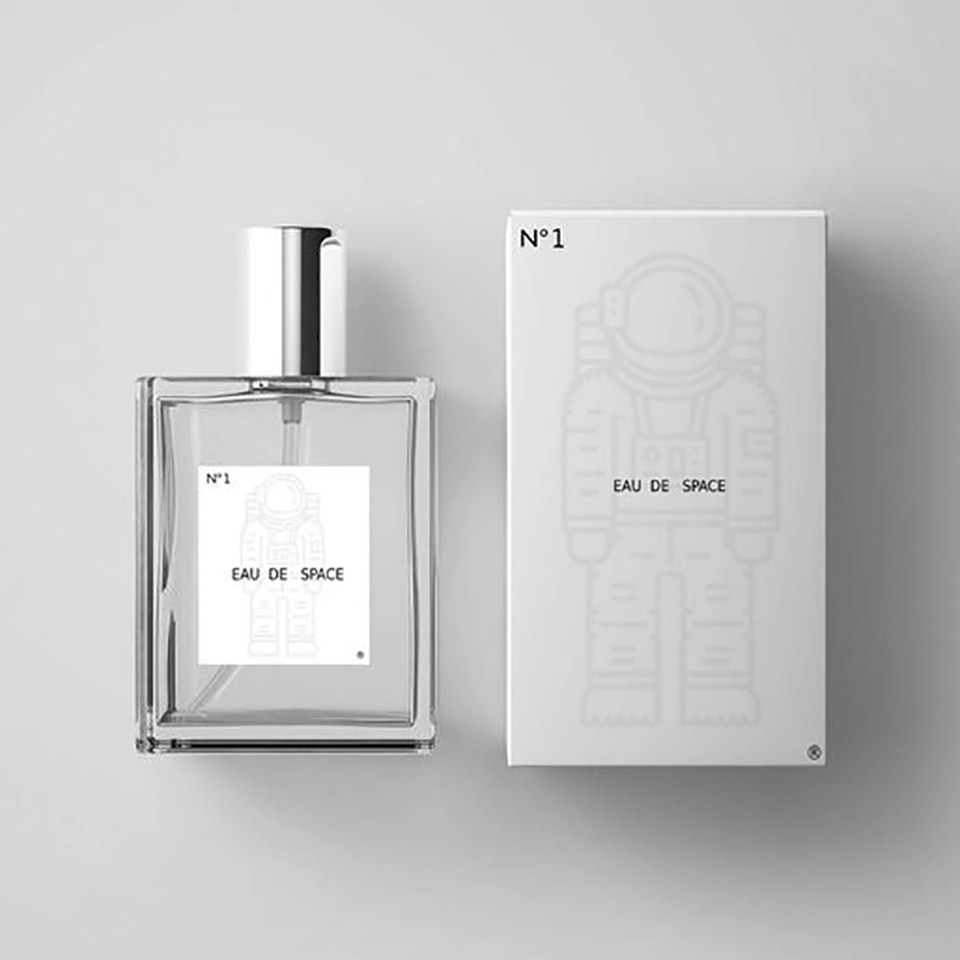
Have you ever wanted to smell like outer space? If so, you’re not alone. People have already pledged over $330,000 to bring a NASA-designed fragrance that smells like outer space to the masses. It was developed by chemist Steve Pearce of Omega Ingredients who originally developed this scent over a decade ago for use by NASA during astronaut field training.

